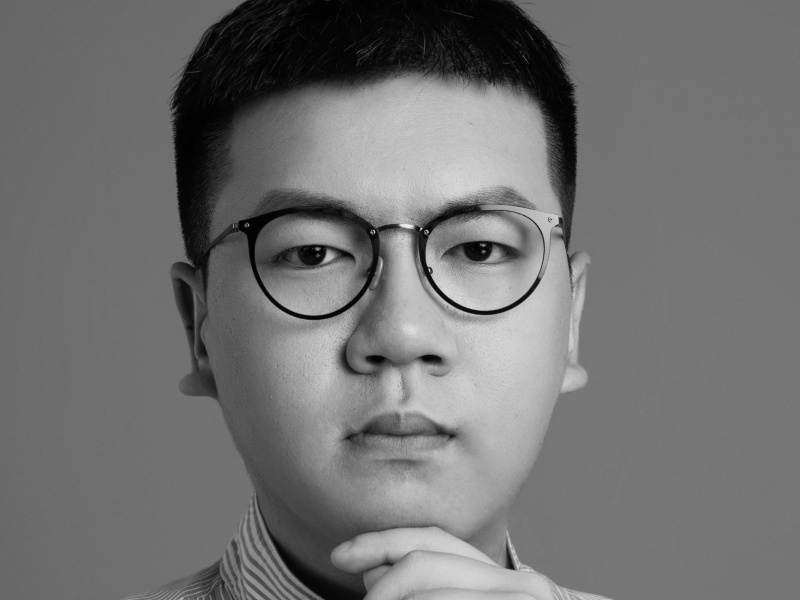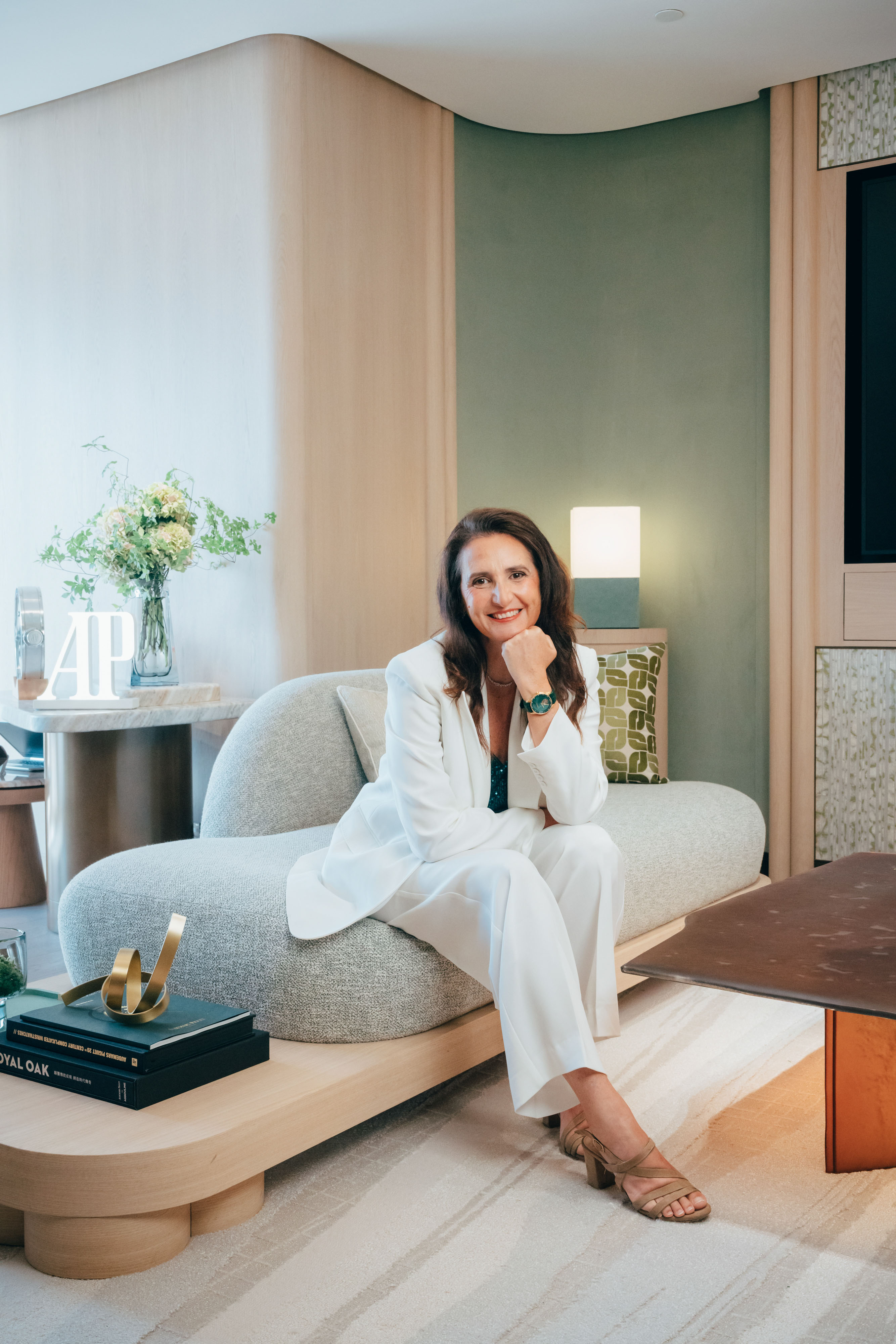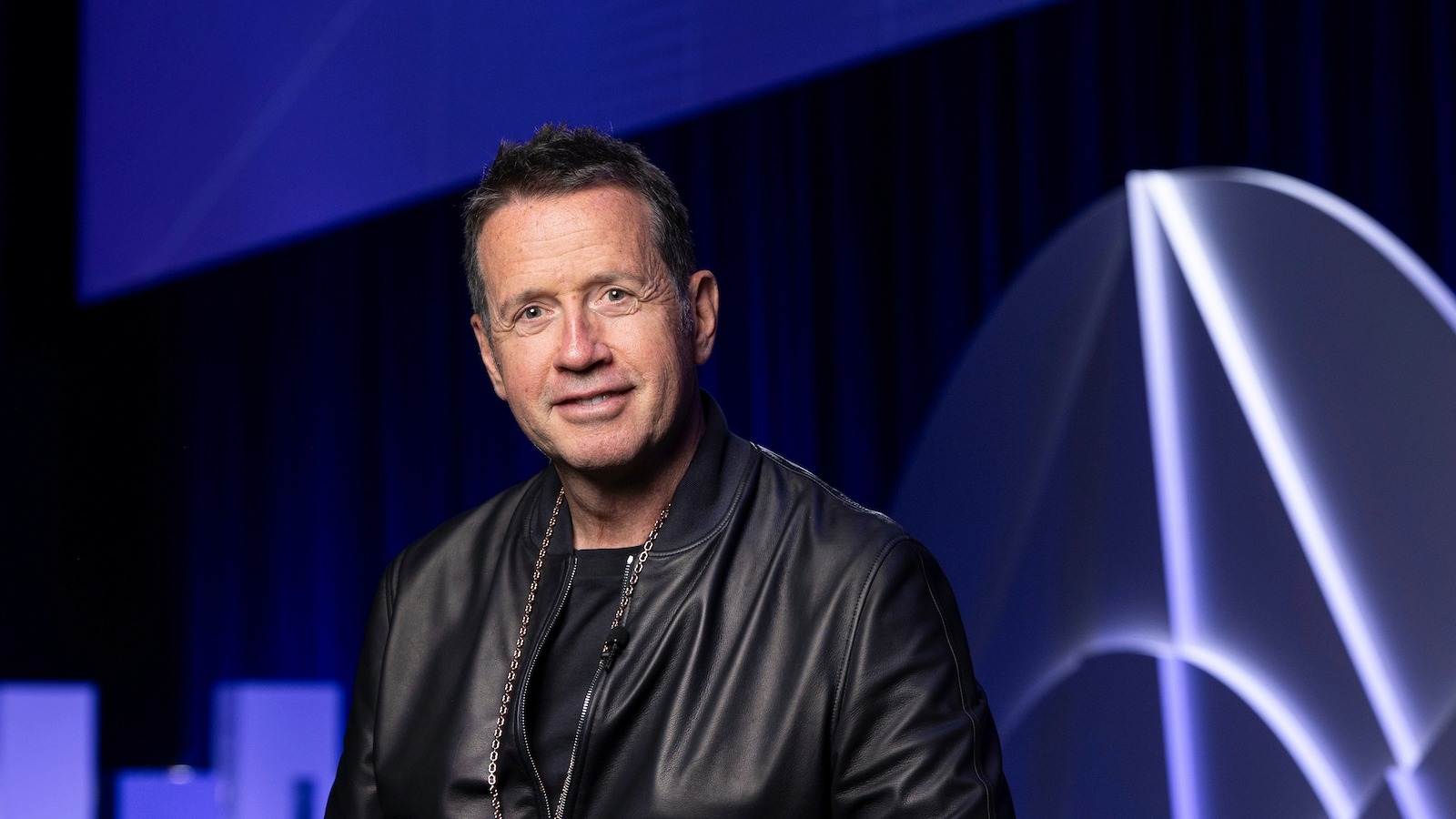In advance of the upcoming Luxury Society Keynote in Shanghai, Kai Liu, President and Chief Operating Officer of Leqee, spoke with Luxury Society about recent trends and current challenges in the Chinese luxury e-commerce landscape.

In advance of the upcoming Luxury Society Keynote in Shanghai, Kai Liu, President and Chief Operating Officer of Leqee, spoke with Luxury Society about recent trends and current challenges in the Chinese luxury e-commerce landscape.
According to statistics, one-third of all luxury purchases in China will be made through online channels by 2021. In recent years, the ever-changing consumption habits of Chinese consumers have also transformed the online transaction channel from a complementary one to an integral part of the online consumer journey. However, due to the unique nature of the luxury category, not only is the online sales ceremony distinct from that of other consumer products, but brands and service providers will also face additional challenges when operating an e-commerce channel for luxury goods.
This year's edition of Luxury Society Keynote, titled 'Social Commerce 2.0: Value & Services that Drive Conversions' will be held in Shanghai on November 25 and will shed light on the development of online sales channels for luxury brands in China. Leqee, co-host of this year’s conference, has over 8 years of experience running e-commerce businesses for high-end consumer and luxury brands. President and Chief Operating Officer Kai Liu spoke to Luxury Society about the current challenges and major trends in the Chinese luxury e-commerce landscape ahead of the event.
What are the key challenges of running an e-commerce business for a luxury brand in comparison to other consumer product categories?
Leqee has amassed extensive experience serving high-end beauty and consumer goods brands over the years. The luxury category, however, is rather broad – spanning segments such as jewellery, watches, prestige beauty, high-end apparel, and leather goods – and the distinctions between categories present unique challenges when it comes to e-commerce operations.
For instance, the luxury beauty e-commerce category typically does not keep a large inventory for its online store – the number of SKUs available online is substantially smaller than its offline channels. Coupled with the fact that the prestige beauty segment is less likely to leverage online discounts and promotional tactics, consumers can sometimes feel less incentivised to purchase via e-commerce. Also, when compared to consumer goods, prestige beauty products necessitate a more refined shopping experience. Brands typically address this in offline points-of-sale with enhanced experiences, such as facial treatments and on-site makeovers, to provide consumers with real-time product feedback. This, however, is harder to realise online.
Brands are developing e-commerce not only on online marketplaces like Tmall or JD.com, but also on social media platforms like Douyin and RED. What should brands focus on at the operational level in order to build up a long-term e-commerce business on the latter?
Because brands tend to assign different roles to different channels, e-commerce operations must come with appropriate directions and strategies. Is it more important for brands to gain brand exposure on these platforms? Or is it to build brand equity? Or are you looking for direct conversions? These are the questions that must be answered before a brand enters a platform. For example, we've seen many luxury brands using Douyin as a marketing channel, and more and more prestige beauty brands capturing customers in the private domain to better drive conversions and repeat purchases – demonstrating the various strategies brands are capitalising across channels.
Social media excels in driving conversions with content and engagement, demonstrating a significant difference in terms of audience, products, and scenarios compared to traditional marketplaces. A brand’s e-commerce strategy must be updated on a regular basis based on the nature of each platform and its evolution.
Following WeChat, leading Chinese online platforms are all jumping on the Mini Program bandwagon. Why are Mini Programs a viable option for brands looking to expand their DTC business in China?
At this stage, this is inextricably linked to the digital nature of the domestic market and consumer behaviour. Given the high penetration of mobile phones in China, mobile usage and reliance far outnumbers desktops. Chinese consumers prefer mobile apps to custom-built websites or brand.com, which makes Mini Programs easily accepted and preferred by consumers due to its mobile nature. Mini Programs are also simpler to use. The user does not need to download a separate app and can instead use the account associated with the parent app. Mini Programs can offer a more convenient shopping experience as well as an easy-to-use interaction mechanism.
At the same time, the versatility of Mini Programs allows brands to develop a wide range of services and experiences for consumers across different platforms, based on the stage of the user journey they are at.

Luxury Society Keynote 2021
Social Commerce 2.0: Value & Services that Drive Conversions
Thursday, 25 November










